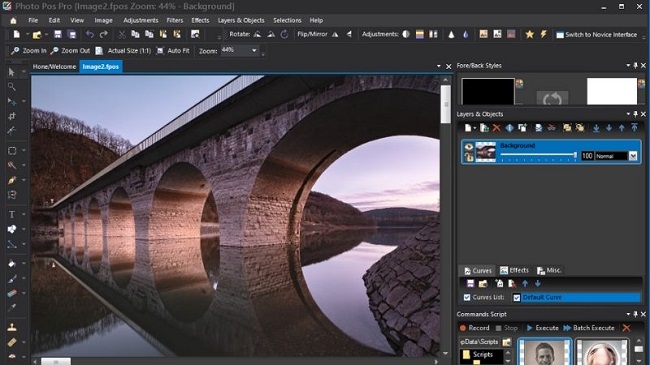Nowadays, there is a wider variety of possibilities than ever before when it comes to the top graphic design software, allowing both pros and amateurs to work in the way that best suits them.
There are a number of industry heavyweights that provide comprehensive, cross-platform graphic design software, but for more niche needs, there is a large variety of specialised tools available, generally at a reduced price.
What you need to accomplish will determine the finest graphic design software for you. Full-featured desktop software is ideal for professionals that need to cater to a diverse clientele while developing their own ideas and projects.

Commonly used programs include Adobe’s Photoshop and Illustrator. Yet, those working on personal projects may be able to make due with less robust applications or even the best free graphic design tools.
Best Graphic Design Software in 2023
Here is the list of some of the best graphic designer software in 2023:
1. Adobe Ilustrator
Adobe Illustrator is the greatest vector drawing and editing software for professional graphic designers. As the industry standard software, it is likely that you will be expected to use it for any vector design work that you do for a client or employer.
Consistent upgrades have maintained it ahead of expanding competition in terms of the range of features and tools. Using Illustrator, you have a lot of leeway to express your individuality when making anything from sketches to logos.
Also, it contains a ton of shortcuts and other features that will make your workday easier. Whilst getting used to the program’s UI can be challenging at first, we believe that it’s well worth the effort.
2. Affinity Designer
There are now credible alternatives to Adobe’s subscription model as the top graphic design software for vector design if the high monthly or annual cost of Adobe’s program is putting you off.
One major rival is Affinity Designer from Serif. When compared to other programs we’ve tried, Affinity Designer, which is also available for a one-time fee, comes the closest to matching Illustrator’s extensive feature set.
As a matter of fact, we discovered that Affinity Designer tends to operate faster than Adobe illustrator, and it also includes several features not available in Illustrator, such as limitless redos and a zoom factor of over one million percent.
Files created in Adobe Illustrator (.ai) and Photoshop (.psd) may be opened and edited without any problems, so you won’t have to worry about compatibility issues with coworkers or clients who use Adobe products.
3. Adobe Photoshop
While working with raster graphics, graphic designers who rely on compositing layers would be lost without Photoshop. The files you create with Adobe’s industry-leading picture program will be accepted by any client or vendor you work with.
There are alternatives that are compatible with its formats, but they lack Photoshop’s polished interface and state-of-the-art image-manipulation features and are therefore not as desirable.
In order to perform fine-grained alterations to individual pixels and apply complex effects to their photographs, Photoshop is a tool reserved for professional photographers and graphic artists.
Photoshop is a powerful software that even serious amateurs may benefit from learning, and it comes with a wealth of documentation and guides to get you started. But, it is unsuitable for those who do not wish to commit to a regular membership payment.
4. Adobe InDesign
If you’re looking for publishing layout software, go no further than Adobe’s InDesign. It dethroned QuarkXpress from its previous perch long ago. Like with its other Creative Cloud siblings, Adobe is updating InDesign with new creative and user-friendly capabilities to keep up with the dynamic publishing industry.
Adobe Fonts and Adobe Stock provide you with unparalleled typographic resources. Professionals in the publishing industry are the intended target audience for InDesign. It’s useful for marketers and anyone who has to put together publications.
If you’re not willing to pay a monthly charge, then you probably shouldn’t use this or any other Adobe professional design program.
5. Canva
Canva stands out for its attractive modern design templates that can be used for social networking, presentations, and printing. The software is free to use across all platforms (web, mobile, and desktop), but a premium membership unlocks a ton of extra features and stock content.
Subscribing to Canvas for Teams provides access to powerful new tools for teamwork. Canva is aimed at nondesigners who need to make marketing, social media, and promotional materials. But, experts will see its value because to how simple it makes it to create stunning visuals.
Conclusion
The way that designers and fine artists work, both amateur and professional, has been irrevocably altered by the widespread availability and accessibility of personal computers and graphics software. Here, we take a look at some of the greatest graphic design software on the market, including some old favorites and some brand new programs.
Both Adobe Illustrator and Adobe Photoshop were released in 1989, the same year as Corel released CorelDraw. Several imitators have come and gone, but these shows have endured. We examine their historical development and how they stack up against other, more recent design software.
















